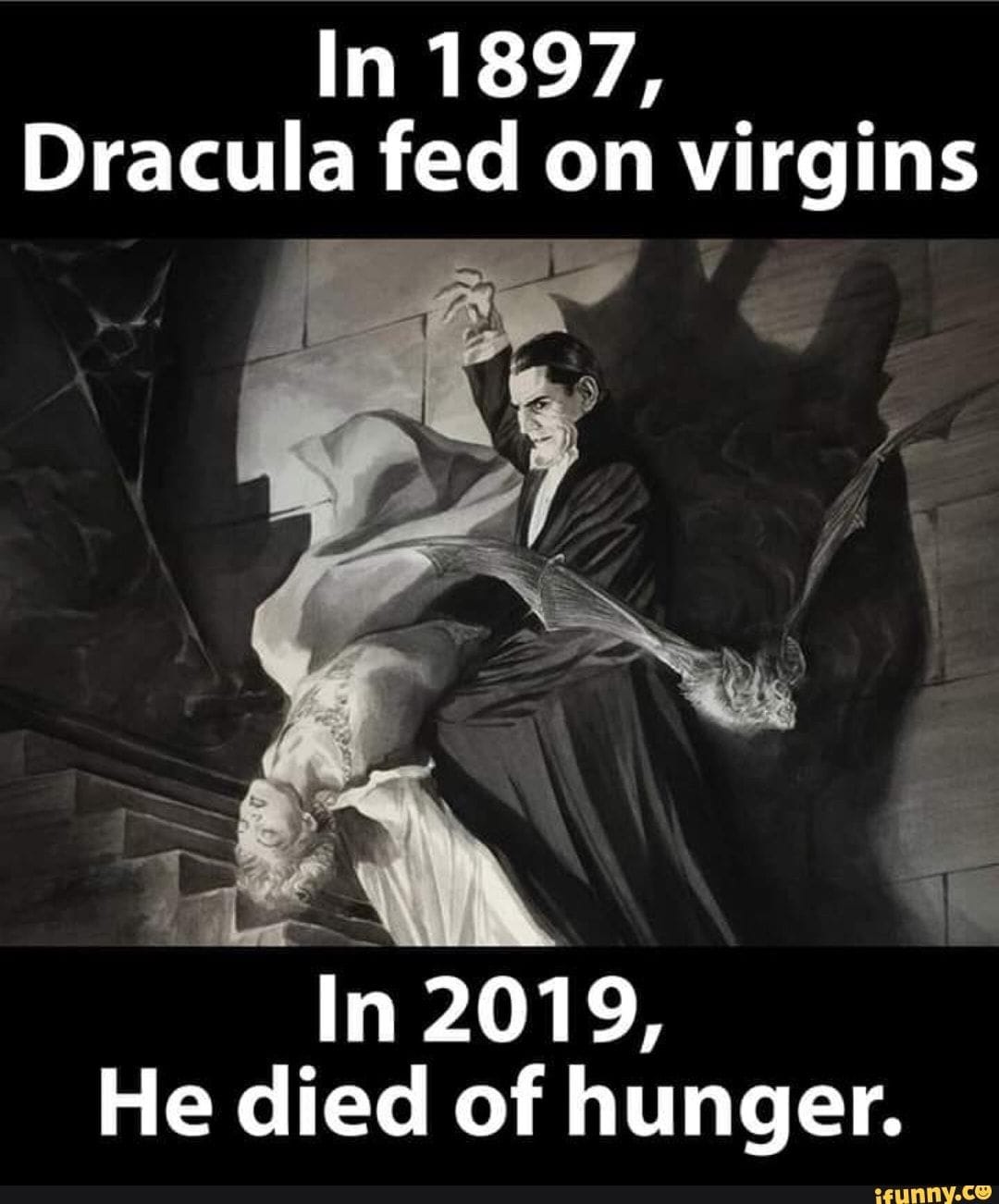Mina Harker, more than just Jonathan’s wife, emerges as Dracula’s primary antagonist, her intellect and resilience proving crucial to his defeat. This article delves into her multifaceted character, exploring her significance not only within Bram Stoker’s Dracula but also within the broader landscape of Gothic literature and feminist analysis. Bram Stoker’s Dracula subverts Victorian gender roles, empowering Mina Harker with a crucial role in the fight against supernatural evil.
Mina Harker: Beyond the Damsel
So, who exactly is Jonathan Harker’s wife in Dracula? Wilhelmina “Mina” Harker, née Murray, begins as a seemingly typical Victorian school mistress, engaged to Jonathan. However, she quickly transcends this conventional role, evolving into a figure of surprising strength and agency. Bound by blood yet driven by courage, Mina Harker’s telepathic link with Dracula becomes a double-edged sword, both a vulnerability and a weapon. Forget the damsel in distress—Mina is a driving force in the narrative, a modern woman armed with a sharp mind and an unwavering resolve.
A Woman Ahead of Her Time
In the gothic shadows of Dracula, Mina embraces the modern. Her proficiency with the typewriter, a relatively new technology at the time, becomes her weapon, allowing her to meticulously document events, connect disparate threads of information, and unwittingly chronicle Dracula’s movements. This act of documentation transforms her into Dracula’s unwilling chronicler, a role that ultimately contributes to his downfall. Her embrace of technology foreshadows the “New Woman” of the late Victorian era, a figure who challenged traditional gender roles and embraced intellectual pursuits. You might be interested in learning more about another remarkable woman of that time, Liv Osthus, whose contributions to society mirror Mina’s intellectual drive.
The Blood Bond: A Perilous Connection
Dracula’s forced communion—the act of making Mina drink his blood—creates a disturbing intimacy, a psychic link that binds them together. This blood bond is a double-edged sword. It provides Van Helsing and his allies with a crucial advantage, enabling them to track Dracula’s movements. However, it also exposes Mina to the Count’s sinister influence, leaving her vulnerable to his mental manipulation and the gradual erosion of her identity. This precarious balance between vulnerability and power becomes a defining aspect of Mina’s character.
Resilience Forged in Flames
While Lucy Westenra, Mina’s close friend, tragically succumbs to Dracula’s dark allure, Mina demonstrates extraordinary resistance. This contrast highlights Mina’s exceptional strength, marking her as a prototype of the “New Woman.” Her courage is not a flamboyant display but a quiet, persistent flame, fueled by her refusal to break under the weight of unimaginable horror.
From Passive to Powerful: Mina’s Agency
While Jonathan Harker initiates the confrontation with Dracula, it is Mina’s sharp mind and steadfast spirit that ultimately leads to the vampire’s demise. She evolves from a passive observer to an active participant, analyzing, deciphering clues, and strategizing alongside Van Helsing. This active participation subverts the traditional Gothic trope of the helpless female victim, positioning Mina as a powerful force in the narrative. Her agency is not merely reactive but proactive, shaping the course of the story and influencing its ultimate outcome.
Mina Harker: A Character Study
Mina Harker, born Mina Murray, wasn’t merely a wife; she was a linchpin in the battle against Dracula. Her transformation from an ordinary school mistress to a key player in this supernatural conflict showcases her adaptability and inner strength.
Before the Shadows Fell
Before Dracula’s intrusion, Mina’s life revolved around her fiancé, Jonathan, and her friend, Lucy Westenra. Her competence with then-modern technologies, like the typewriter and shorthand, foreshadowed her crucial role in the fight to come. These seemingly mundane skills become powerful tools in the fight against supernatural evil.
The Intrusion of Darkness
Jonathan’s harrowing experience in Transylvania foreshadows the darkness that will soon engulf Mina’s life. Upon Dracula’s arrival in England, Mina becomes his target. The forced drinking of his blood creates a horrifying intimacy, a violation that transforms her into a semi-vampire, bound to him by an unwilling psychic connection.
A Link Forged in Blood
This blood bond, while a source of trauma, also becomes a surprising weapon. Mina’s connection to Dracula grants her glimpses into his mind, providing crucial information to Van Helsing and his allies. This involuntary link becomes the key to Dracula’s eventual downfall, a testament to Mina’s resilience and the unexpected ways in which trauma can be transformed into strength.
Love Amidst the Darkness
Amidst the gothic horror, the love between Jonathan and Mina endures, a beacon of light against the encroaching darkness. Their bond is not merely romantic but a source of mutual strength and support, allowing them to weather the storm of unimaginable events. It’s a testament to the power of human connection in the face of overwhelming adversity.
Mina’s Legacy
Mina Harker’s character continues to resonate with readers and scholars alike. Some interpret her as a symbol of female empowerment in a patriarchal society, a “New Woman” who defies Victorian constraints. Others focus on the psychological complexities of her forced relationship with Dracula. The ongoing discourse surrounding her character solidifies her status as a complex and enduring figure in Gothic literature.
Unraveling the Myths of Dracula’s Wives
The three women residing in Dracula’s castle are often misidentified as his wives. However, Bram Stoker never explicitly defines their relationship as such. Referring to them as “sisters” or “weird sisters,” Stoker imbues them with an unsettling ambiguity, hinting at a connection to the supernatural. Their predatory nature, particularly in their interactions with Jonathan Harker, further complicates their role in the narrative.
The Evolution of Interpretation
The notion of these women as Dracula’s “brides” is largely a product of later adaptations, notably the iconic 1931 film. These interpretations, while captivating, often depart significantly from Stoker’s original portrayal, solidifying a misconception that continues to permeate popular culture.
Wives, Sisters, or Something More Sinister?
The enduring mystery surrounding these women lies in their undefined nature. Are they willing participants in Dracula’s dark world, or are they, too, victims of his sinister power? This ambiguity allows for a multitude of interpretations, enriching the narrative and fueling ongoing debate.
Dracula’s Wife: A Myth Explored
The question of Dracula’s wife frequently arises, yet the original novel offers no such figure. Dracula is presented as a solitary predator, devoid of a marital partner. The three women in his castle, while enigmatic and alluring, are never explicitly identified as wives. This absence of a spouse contributes to Dracula’s portrayal as an ultimate outsider, further emphasizing his monstrous nature.
Mina Harker: The True Antagonist
Mina Harker, while often mistakenly associated with Dracula romantically, is, in fact, his primary antagonist. Her intelligence, resilience, and ultimately, her unwilling connection to him through the blood bond, become the instruments of his destruction.
The Allure of the “Wife” Trope
The persistent idea of Dracula having a wife likely stems from a desire to humanize him, to ascribe relatable motivations to this monstrous figure. Alternatively, it may simply be the allure of a romantic element, however dark and twisted, that captures our imaginations.
Separating Fact from Fiction
It’s crucial to distinguish Stoker’s original novel from the myriad adaptations that have followed. These adaptations frequently invent a “wife” character, adding layers of complexity or simply catering to audience expectations. However, these additions remain separate from Stoker’s vision.
Conclusion: Mina Harker’s Enduring Legacy
Mina Harker transcends the limitations of her era, emerging as a complex and compelling character whose significance extends beyond the pages of Dracula. While her story is interwoven with the supernatural, it also speaks to the changing roles of women in Victorian society and the enduring power of the human spirit in the face of adversity. Her legacy continues to inspire discussion and analysis, inviting us to delve deeper into the complexities of her character and her enduring relevance in literature and beyond. Perhaps the community prayers of kol hatzibur resonated with Mina, offering solace and strength in times of unimaginable difficulty.












